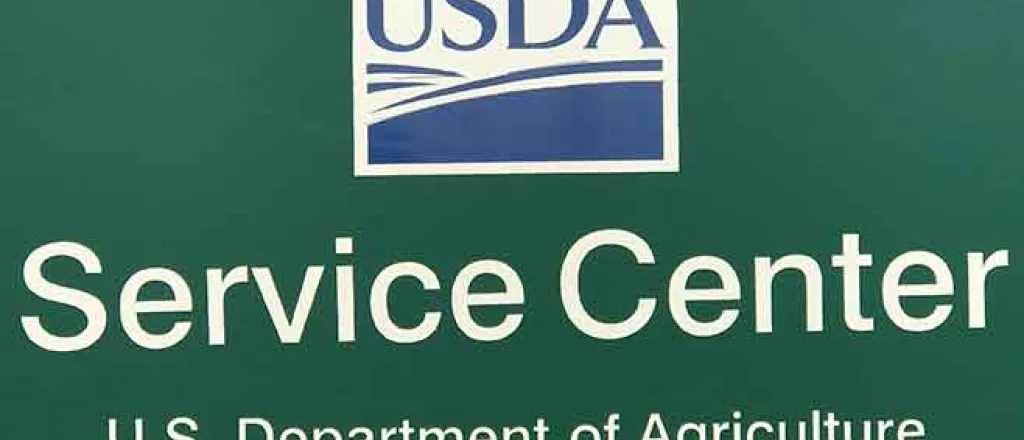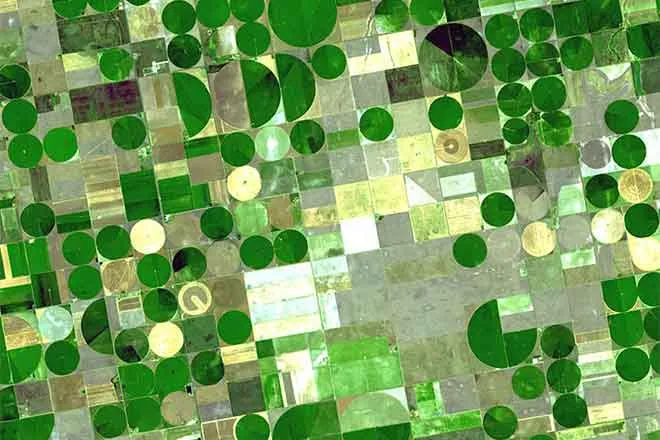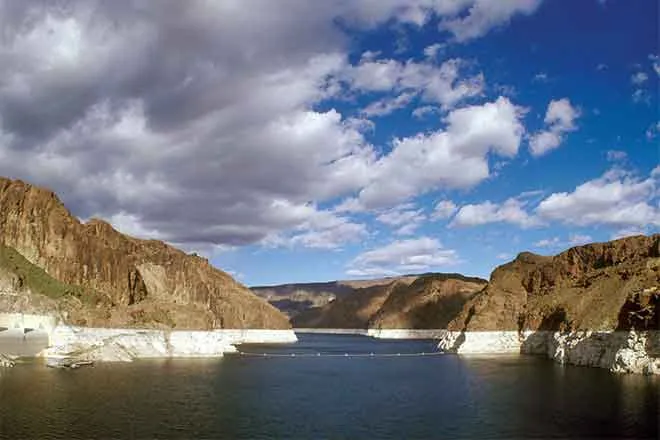
USDA Update – March 21, 2023
IMPORTANT DATES TO REMEMBER:
- EMERGENCY GRAZING AVAILABLE ON CERTAIN CRP CONTRACTS - after March 15 - 50% reduced stocking rate
- February 27, 2023 - April 7, 2023 - CRP General Sign Up 60 signup period
- March 15 – July 15 - PRIMARY NESTING SEASON for CRP contracts
- June 2, 2023 - ERP Phase 2 and PARP Deadline
Disclaimer: Information in this UPDATE is pertinent to Kiowa County FSA only. Producers reading this and that do not have FSA interest in Kiowa County are advised to contact their local FSA Office.
THE USDA SERVICE CENTER HAS A DROP BOX AVAILABLE ON THE EAST SIDE OF THE BUILDING.
CRP LETTERS SENT TO PRODUCERS
It has been discovered that the return address on the letters that were sent by the National Office to producers with expiring contracts may have the wrong return address on the envelope. The return address should be the county and state that the expiring CRP contract is administered. Be certain to open any mail received with a return listed Farm Service Agency, the office and address listed may not be an office you are not familiar with, but the letter inside should have the information regarding your expiring contract(s).
Conservation Reserve Program (CRP) General Signup Ends April 7, 2023
Producers with existing CRP contract(s) that expire on September 30, 2023, have been notified that the contract is eligible to submit an offer in General CRP Signup 60. Offers must be submitted through FSA before April 7, 2023.
CRP is one of the largest private lands conservation programs in the United States, offering a range of conservation options to farmers, ranchers, and landowners. CRP is a federally funded voluntary program that contracts with ag producers to establish long-term resource-conserving cover on environmentally sensitive land to control soil erosion, improve water quality, and develop wildlife habitat. In return, FSA provides participants with rental payments and cost share assistance.
Land not currently enrolled in CRP may be offered during this general signup, provided all eligibility requirements are met. Additionally, current CRP producers whose contracts expire on Sept. 30, 2023, may submit offers. There are currently 23 million acres enrolled in CRP, with 1.9 million set to expire this year. USDA’s FSA is aiming to reach the 27-million-acre cap statutorily set for fiscal year 2023.
Land Eligibility
Land must be cropland and both of the following:
- Been planted or considered planted to an ag commodity 4 of the 6 years from 2012 to 2017.
- Physically and legally capable of being planted in a normal manner to an ag commodity, (no planting restrictions due to an easement or other legally binding instrument).
In addition to the eligible land requirements, cropland must meet one of the following criteria:
- Have a weighed average erosion index of 8 or higher;
- Be expiring CRP acres or;
- Be located in a national or state CRP conservation priority area.
Producer Eligibility
Producer must have owned or operated the land for 12 months prior to the end of this general signup period, unless:
- Acquired land due to the previous owner’s death;
- Ownership change occurred due to foreclosure or;
- The circumstances of the acquisition presents adequate assurance to FSA the new owner did not acquire the land for the purpose of placing it in CRP.
CRP Payments
Rental payments
- Rental payments are calculated for each offer based on the soil types of the land offered. Rental rates are based on the relative productivity of the soils within the county and the average dryland cash rent subject to a statutory 85% proration.
Cost-Share Assistance
- Cost share assistance for establishment of approved cover on eligible cropland, not to exceed 50% of the participant’s costs to establish approved cover.
- Climate-Smart Practice Incentive
3%, 5%, or 10% incentive included in the annual rental payment based on the estimated benefits for each CRP practice.
EBI Index and Ranking
Offers submitted during General signup will be ranked according to the Environmental Benefit Index (EBI). EBI score is primarily based on location, soils, and selected conservation practice.
Offers are ranked in comparison to all other offers. An EBI cutoff will be decided. Producers who have met previous EBI thresholds are not guaranteed a contract under this signup period.
Accepted contracts for this signup will become effective October 1, 2023.
Before You Break Out New Ground, Ensure Your Farm Meets Conservation Compliance
The term “sodbusting” is used to identify the conversion of land from native vegetation to commodity crop production after December 23, 1985. As part of the conservation provisions of the Food Security Act of 1985, if you’re proposing to produce agricultural commodities (crops that require annual tillage including one pass planting operations and sugar cane) on land that has been determined highly erodible and that has no crop history prior to December 23, 1985, that land must be farmed in accordance with a conservation plan or system that ensures no substantial increase in soil erosion.
Eligibility for many USDA programs requires compliance with a conservation plan or system on highly erodible land (HEL) used for the production of agricultural commodities. This includes Farm Service Agency (FSA) loan, disaster assistance, safety net, price support, and conservation programs; Natural Resources Conservation Service (NRCS) conservation programs; and Risk Management Agency (RMA) Federal crop insurance.
Before you clear or prepare areas not presently under production for crops that require annual tillage, you are required to file Form AD-1026 “Highly Erodible Land Conservation and Wetland Conservation Certification,” with FSA indicating the area to be brought into production. The notification will be referred to NRCS to determine if the field is considered highly erodible land. If the field is considered HEL, you are required to implement a conservation plan or system that limits the erosion to the tolerable soil loss (T) for the predominant HEL soil on those fields.
In addition, prior to removing trees or conducting any other land manipulations that may affect wetlands, remember to update form AD-1026, to ensure you remain in compliance with the wetland conservation provisions.
Prior to purchasing or renting new cropland acres, it is recommended that you check with your local USDA Service Center to ensure your activities will be in compliance with the highly erodible land and wetland conservation provisions.
For additional information on highly erodible land conservation and wetland conservation compliance, contact your local USDA Service Center at https://www.farmers.gov/working-with-us/service-center-locator?utm_medium=email&utm_source=govdelivery.
















